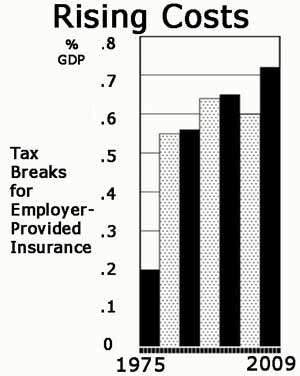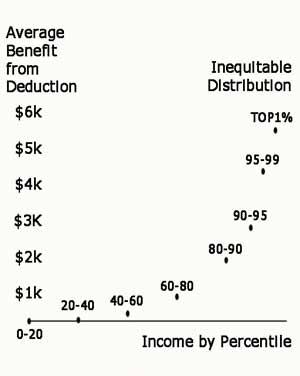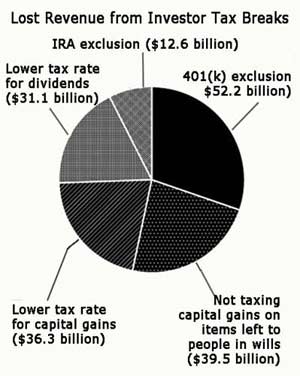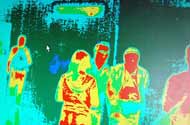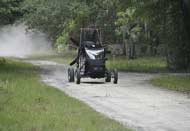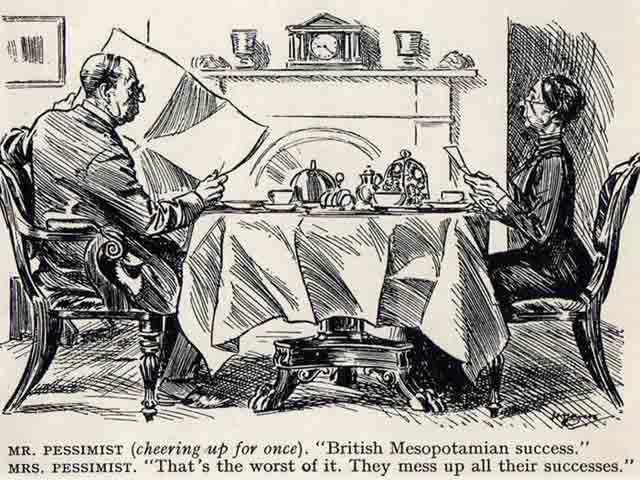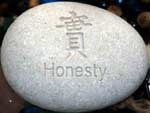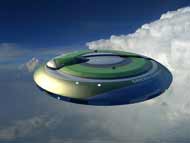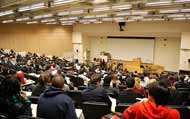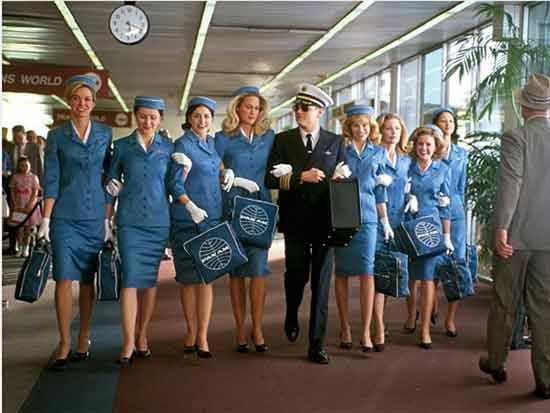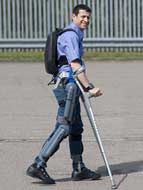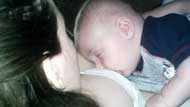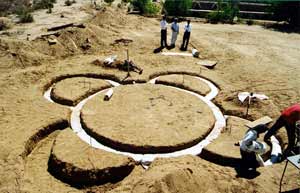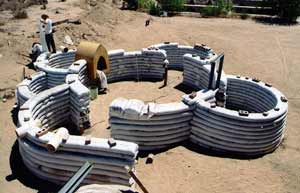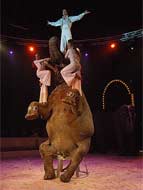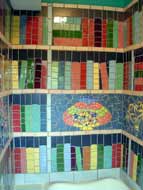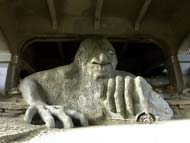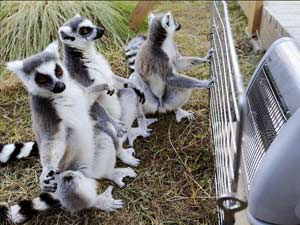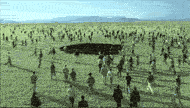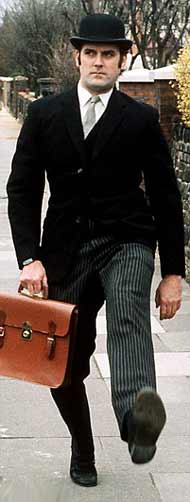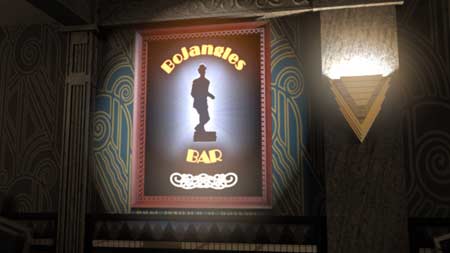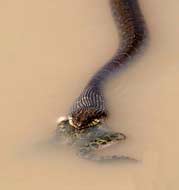Tax Breaks — Who Benefits?
If there is one big-ticket budget item on which Democrats and Republicans should be able to find common ground, it’s tax breaks. Each of the various bipartisan deficit panels has called for a big reduction, saying such breaks — exemptions, deductions, credits and other loopholes — are inefficient and unaffordable. All told, they cost the federal government about $1.2 trillion in lost revenue last year. As it happens, the budget deficit was $1.3 trillion.
- Exclusion for Employer-Provided Health Insurance: This tax break, the largest by far, cost the government $264 billion last year. Obviously it helps many families, but it also has two big flaws. First, it gives employers an incentive to pay more in health benefits (which are tax-free) and less in salary (which isn’t), thus artificially increasing medical spending. Second, the exclusion doesn’t apply to all those households not lucky enough to have a job that comes with health insurance. There’s no good economic rationale for the distinction. What It Costs: Slightly more than the combined budgets of the Departments of Education, Energy, Homeland Security, Justice, State and Veterans Affairs. The graph takes into account lost revenues from income tax only, not payroll tax.
- Mortgage-Interest Deduction: This deduction, which allows homeowners to pay their mortgage interest with pretax income, may be the most popular tax break. It may also be among the most unfair and least effective. Canada, which doesn’t have such a deduction, has roughly the same ownership rate as the United States. As the Tax Policy Center notes, the deduction’s biggest beneficiaries are affluent, and they generally would have owned homes anyway. Some own two homes, claiming the deduction on both. By contrast, many less-affluent families don’t even claim this tax break, because they save more with the standard income-tax deduxtion. For a typical middle-income household, the mortgage deduction saved a meagre $215 last year, making it much less of a middle-class benefit than many imagine. What It Costs: A little more than the entire military research and development budget.
- Exclusion for 401(k) Contributions: The 401(k) exclusion does have some social benefits, because it encourages saving. But it also has big downsides. Tax breaks for stock holdings — not just for 401(k) plans but for dividends and capital gains, too — add to the problem. Despite having one of the biggest corporate tax rates in the world, the US doesn’t collect all that much from the corporate sector thanks to myriad loopholes for companies and investors. It’s the worst of both worlds: a more complicated tax code and a larger budget deficit. What It Costs: About the same as the Medicare prescription-drug programme.
 Animals
Animals Animation
Animation Art of Playing Cards
Art of Playing Cards Drugs
Drugs Education
Education Environment
Environment Flying
Flying History
History Humour
Humour Immigration
Immigration Info/Tech
Info/Tech Intellectual/Entertaining
Intellectual/Entertaining Lifestyles
Lifestyles Men
Men Money/Politics/Law
Money/Politics/Law New Jersey
New Jersey Odds and Oddities
Odds and Oddities Older & Under
Older & Under Photography
Photography Prisons
Prisons Relationships
Relationships Science
Science Social/Cultural
Social/Cultural Terrorism
Terrorism Wellington
Wellington Working
Working Zero Return Investment
Zero Return Investment

